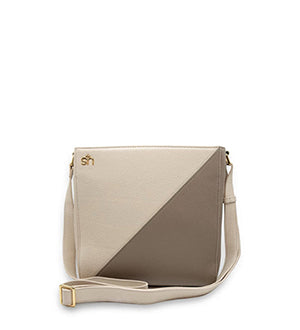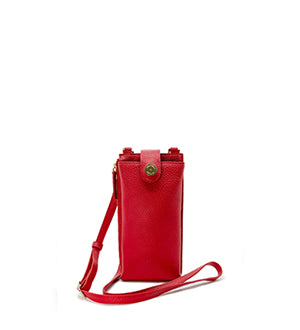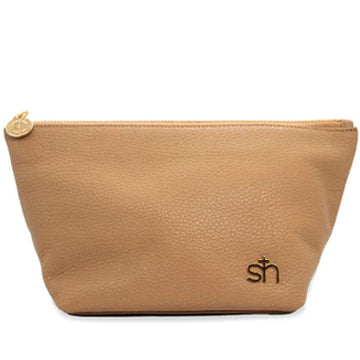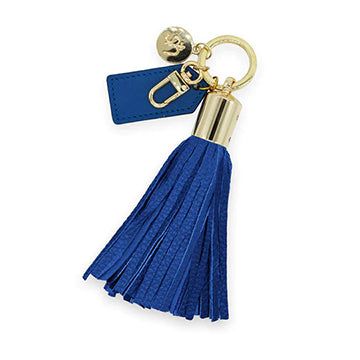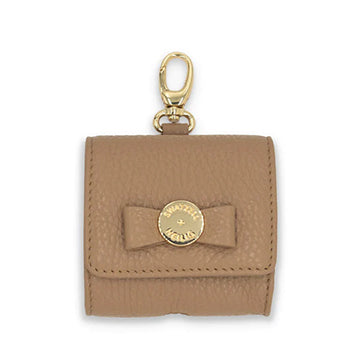Winter Protection for Your Precious Leather

Quick Listen:
Leather is a luxurious, durable material that exudes sophistication, yet it is also vulnerable to the harsh conditions of winter. With the arrival of colder temperatures, snow, and moisture, leather items such as jackets, shoes, handbags, and gloves require extra care to preserve their appearance and ensure longevity. In this article, we will explore how to protect your precious leather goods from the damaging effects of winter. Through proper conditioning, waterproofing, and storing techniques, you can keep your leather items looking their best for years to come.
Why Leather Needs Extra Care in Winter
Leather is a natural material that is susceptible to the elements, especially in cold weather. Winter introduces several factors that can harm leather, including:
Moisture and Snow: Snow and rain can soak into leather, causing it to become stiff and brittle. As water seeps into the fibers, it can cause leather to crack and lose its suppleness. Over time, this leads to irreversible damage.
Cold Temperatures: Extreme cold can cause leather to stiffen and lose its natural flexibility. It can also affect the oils and waxes in the leather, leading to dry, cracked surfaces.
Salt Stains: In regions where roads and walkways are treated with salt to combat ice, leather shoes, boots, and other items are especially vulnerable to salt stains. These stains are not only unsightly but can also deteriorate the leather if left untreated.
Step 1: Condition Your Leather
Conditioning is one of the most important steps in preparing leather for the winter months. Leather is naturally porous and can dry out over time, especially when exposed to cold, dry air. Conditioning your leather helps to replenish lost oils and maintain its soft, supple texture. Here's how to condition your leather properly:
Choose the Right Leather Conditioner
There are many leather conditioners available, so it's essential to choose one that is compatible with your leather goods. Look for a conditioner that is designed for the specific type of leather you own, whether it's a smooth, textured, or distressed finish. Avoid products with harsh chemicals or excessive fragrance, as these can damage the leather.
How to Apply Leather Conditioner
Clean the Surface: Before conditioning, make sure your leather items are clean. Use a soft cloth or a leather cleaner to gently wipe away dirt and grime. This will ensure that the conditioner absorbs properly.
Apply Conditioner Sparingly: Use a small amount of conditioner and apply it evenly using a soft cloth. Massage the product into the leather using circular motions. Focus on areas that are especially prone to dryness, such as seams and corners.
Let It Absorb: Allow the conditioner to absorb for 1015 minutes. If necessary, use a clean cloth to wipe away any excess conditioner to prevent it from becoming sticky.
Conditioning your leather helps prevent cracking and drying out during the winter months, keeping it soft and flexible.
Step 2: Waterproof Your Leather
Leather naturally absorbs water, which can lead to swelling, stains, and permanent damage. To combat this, waterproofing is crucial, especially if you live in a region prone to snow or rain. Here's how to properly waterproof your leather:
Choose a High-Quality Leather Waterproofing Spray
Leather waterproofing sprays are available in most stores that sell leather goods. Make sure to choose a product designed specifically for leather, as sprays for fabric or synthetic materials may not provide the same level of protection. Look for a product that is both water-repellent and breathable to avoid trapping moisture inside.
How to Apply Waterproofing Spray
Clean the Leather: As with conditioning, start by cleaning your leather item. Use a damp cloth to remove any dirt or debris, and let the leather dry completely before applying the waterproofing spray.
Test the Product: Before applying the spray to the entire surface, test it on a small, inconspicuous area of your leather to ensure it doesn't cause discoloration or damage.
Apply Evenly: Hold the spray about 6 inches away from the leather surface and apply it evenly. Be sure to cover all exposed areas, especially seams and creases, where water can seep in. Allow the spray to dry fully before using the item.
Waterproofing your leather helps to create an invisible barrier that repels moisture, preventing the leather from absorbing water and protecting it from the elements.
Step 3: Store Your Leather Properly
Storing your leather items properly during the winter months is just as important as conditioning and waterproofing. Poor storage conditions can cause leather to lose its shape, crack, or become misshapen. Here are some essential storage tips for your leather goods:
Store in a Cool, Dry Place
Leather should be stored in a cool, dry environment to prevent damage. Avoid placing leather items near radiators, heaters, or vents, as the heat can dry out the material. Also, keep leather away from direct sunlight, which can cause fading and drying.
Use Dust Bags and Protective Covers
When not in use, store your leather items in dust bags or protective covers. This helps to shield the leather from dust, dirt, and light exposure. Dust bags also provide a buffer against scratches or dents that may occur when leather comes into contact with other objects.
Maintain Shape with Proper Support
Leather items like jackets, handbags, and shoes should be stored in a way that helps them retain their shape. For jackets, use a wide, padded hanger to avoid stretching or creasing the shoulders. Handbags should be stuffed with tissue paper or a soft filler to maintain their shape. For shoes and boots, use shoe trees or stuff them with newspaper to help them hold their form.
Step 4: Handle Salt Stains Immediately
In areas where road salt is used to prevent icy conditions, salt stains on leather can be a significant problem. These stains can be stubborn, but with prompt attention, you can remove them and prevent further damage.
How to Remove Salt Stains
Wipe Off Excess Salt: Use a dry cloth or brush to gently wipe away as much salt as possible from the surface of the leather.
Clean with a Vinegar Solution: Mix a solution of equal parts water and white vinegar. Dampen a cloth with the solution and gently wipe the stained area. Avoid soaking the leather.
Rinse with Water: After cleaning with the vinegar solution, dampen another cloth with water and wipe off any excess vinegar.
Dry and Condition: Let the leather air dry away from direct heat sources, then condition it to restore moisture and flexibility.
Winter Protection
Winter protection for leather is essential to maintaining the beauty and longevity of your precious leather goods. By conditioning, waterproofing, and storing your leather items properly, you can safeguard them from the harsh winter elements and prevent damage. Furthermore, addressing salt stains promptly and using the right care products will ensure that your leather remains supple, functional, and beautiful throughout the colder months. With these simple yet effective steps, you can enjoy your leather items for years to come, regardless of the weather.
You may also be interested in: Seville Messenger Collection Swatzell + Heilig
Indulge in the craftsmanship of attainable luxury Italian leather. Exclusive designs and impeccable functionality, handcrafted to last a lifetime. Shop the Swatzell + Heilig's fashion collection now!
Powered by flareAI.



